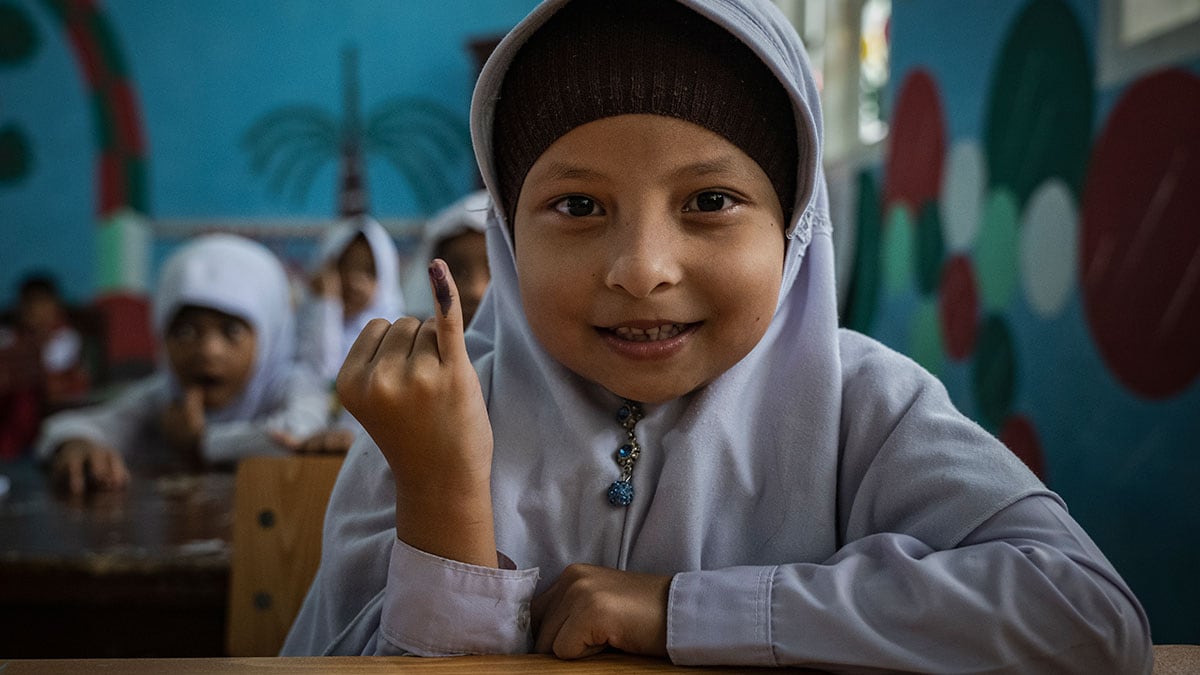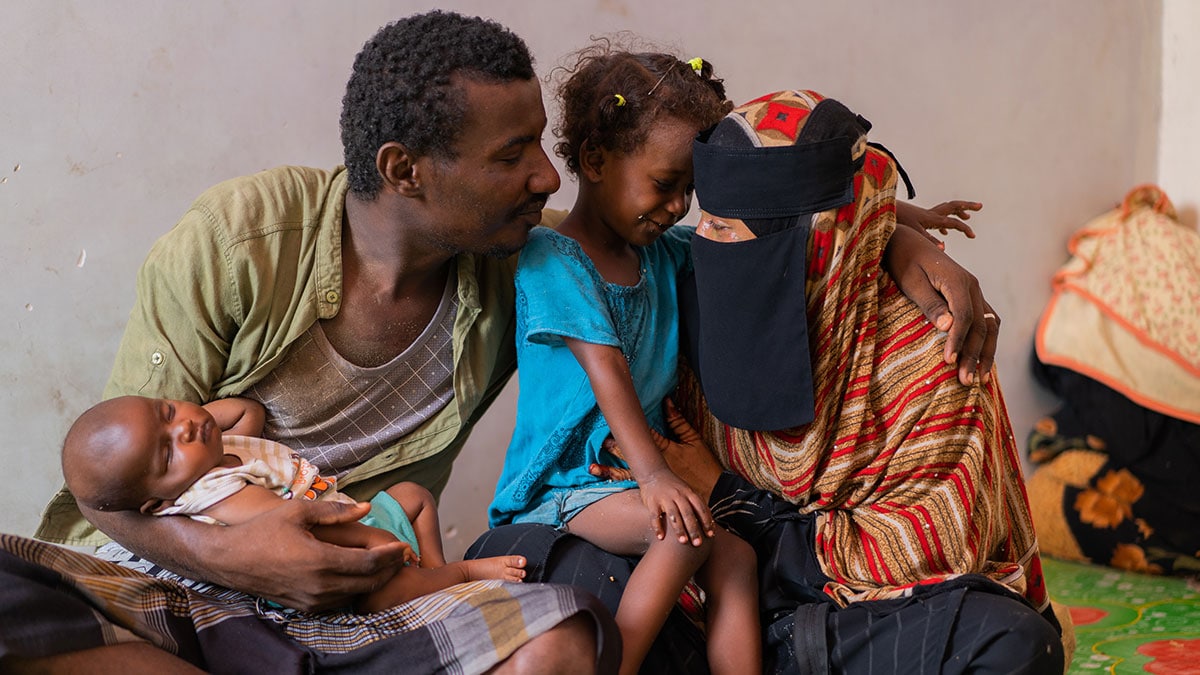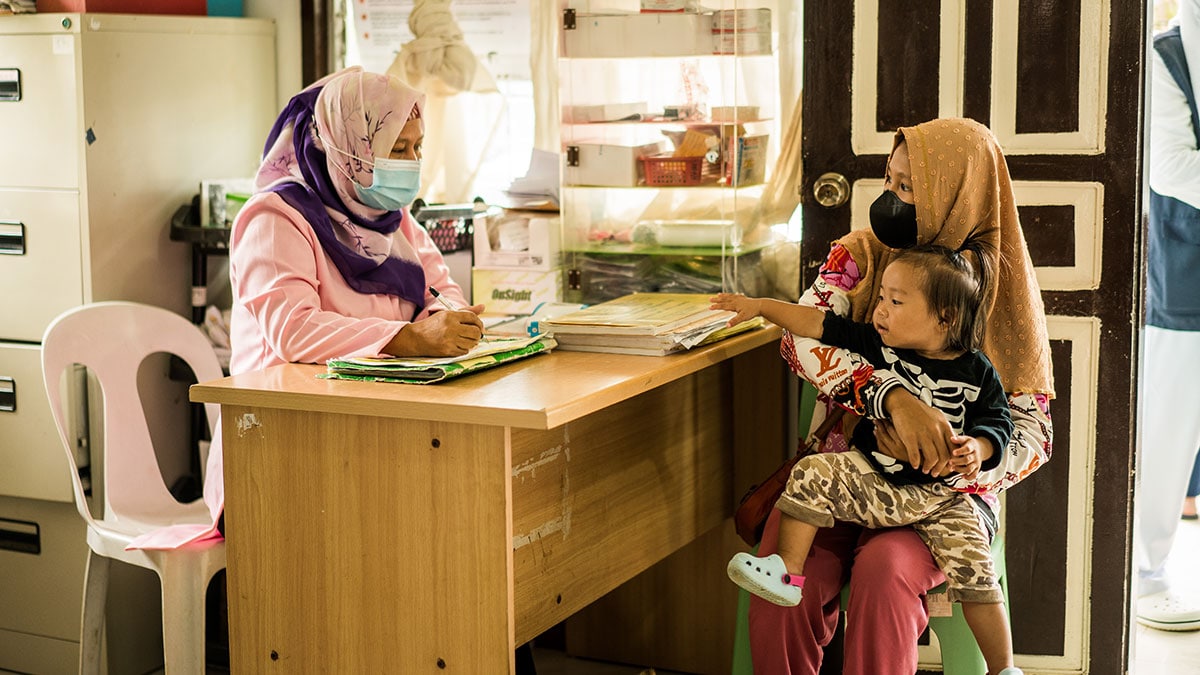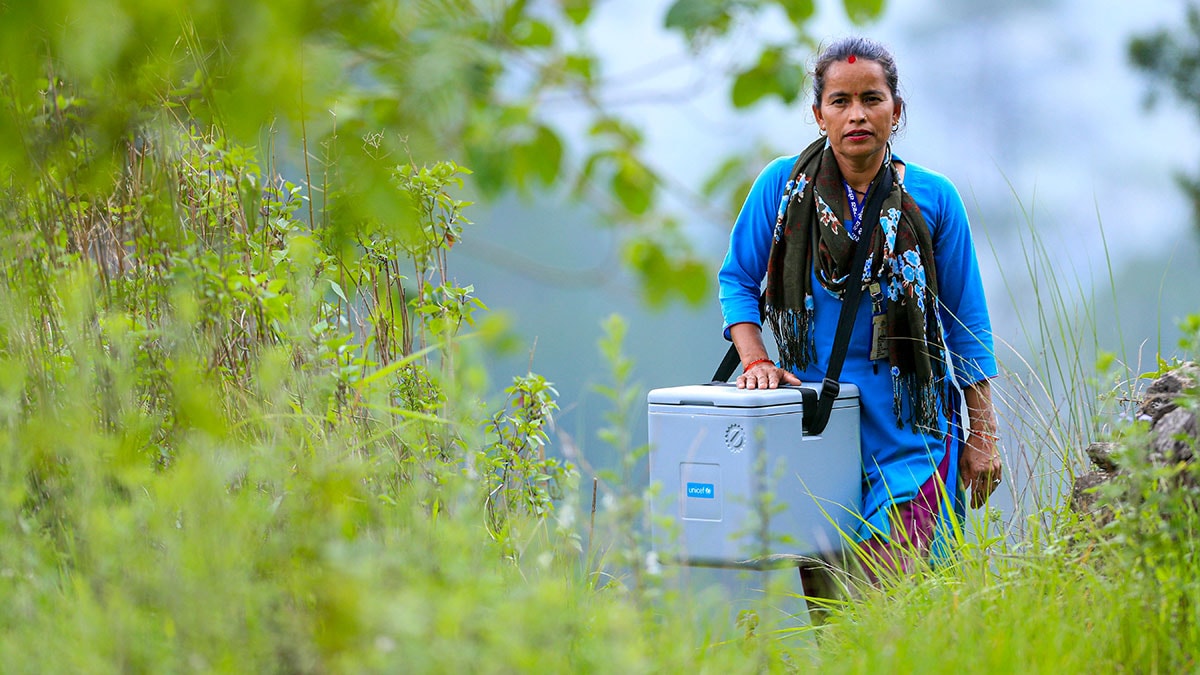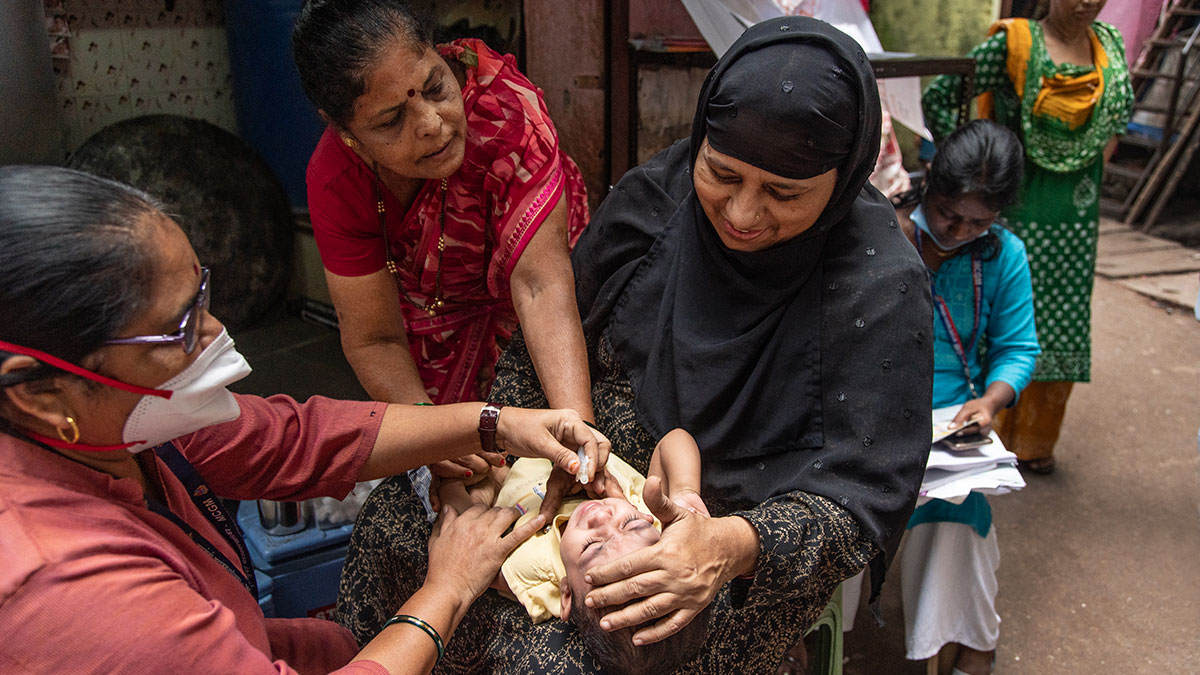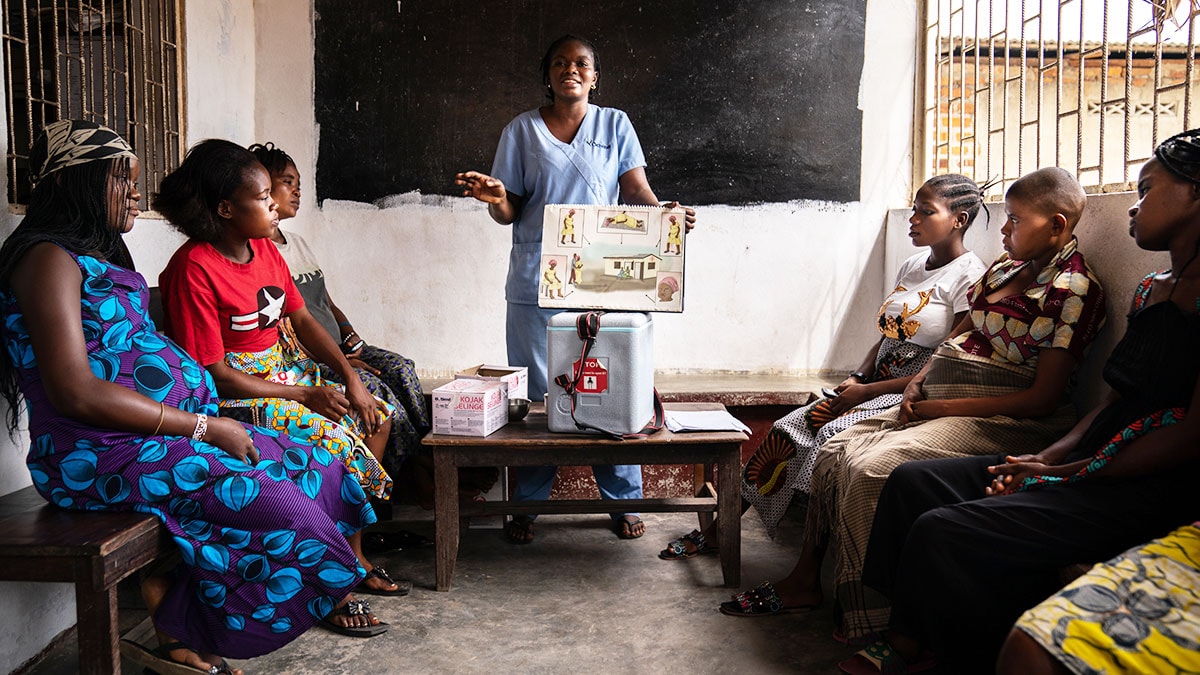Photo Essay: Urgently Working to Find and Vaccinate Children Worldwide
In every region of the world, outbreaks of vaccine-preventable diseases are rising – underscoring an urgent need to find and vaccinate all children who are missing lifesaving vaccines.
There are more than 20 vaccine-preventable diseases, and vaccines help avoid the illness, disability, and death they cause.
These photos provide a look at some of the extraordinary efforts undertaken across the world by CDC and partners to get vaccines to the people who needed them in 2022.
Photos
A three-year-old child receives a polio vaccine as part of a door-to-door campaign in Malawi. In 2022, a case of wild polio was detected in Malawi, the first in southeastern Africa since the 1990s. Five countries in southeastern Africa are now conducting campaigns to vaccinate approximately 20 million children to prevent further spread of this devastating disease. ©UNICEF/U.S.CDC/UN0641063
Three-year-old Jumu'ah (center, in blue) poses with her family in Yemen, the day health workers visited her home to vaccinate her and her baby brother. In 2022, an outbreak of the highly contagious measles virus killed 15 people in Yemen – including Jumu’ah’s twin. “I want to deliver a message to anyone who rejects immunization. They should vaccinate their children as soon as a vaccination campaign is launched. If the team does not come to you, you go to the health center yourself,” said Jumu'ah's father. ©UNICEF/U.S.CDC/UN0684492
At a rural health center in the Philippines, the mother of a 13-month-old unvaccinated child talks to a health worker about the vaccines her child will receive. ©UNICEF/U.S.CDC/UN0723257
A health worker walks for miles in a remote area of Nepal, carrying a cooler of routine childhood vaccines, part of essential health services – including those for typhoid fever, a life-threatening disease. Nepal is one of the countries hardest hit by typhoid fever and is one of 5 countries that recommend and provide typhoid vaccines to children as part of routine childhood immunization. ©UNICEF/U.S.CDC/UN0685534
In urban Mumbai, India, a 9-month-old receives all her recommended vaccinations, including those to prevent measles, rubella, and polio. Because infectious diseases are common in impoverished areas of Mumbai, being vaccinated as early as recommended helps to protect children from life-threatening diseases. ©UNICEF/U.S.CDC/UN0734653
A nurse in the Democratic Republic of the Congo (DRC) provides information about maternal health and the importance of vaccinating children as early as recommended to a group of pregnant women, who have come to a health center to receive tetanus vaccines. ©UNICEF/U.S.CDC/UN0670551
A child at school in Indonesia shows a mark on her finger indicating she has received an oral polio vaccine. While polio vaccines are routinely given to younger children, Indonesia set out to vaccinate everyone age 13 years old and under in certain provinces after an outbreak. ©UNICEF/U.S.CDC/UN0760335
